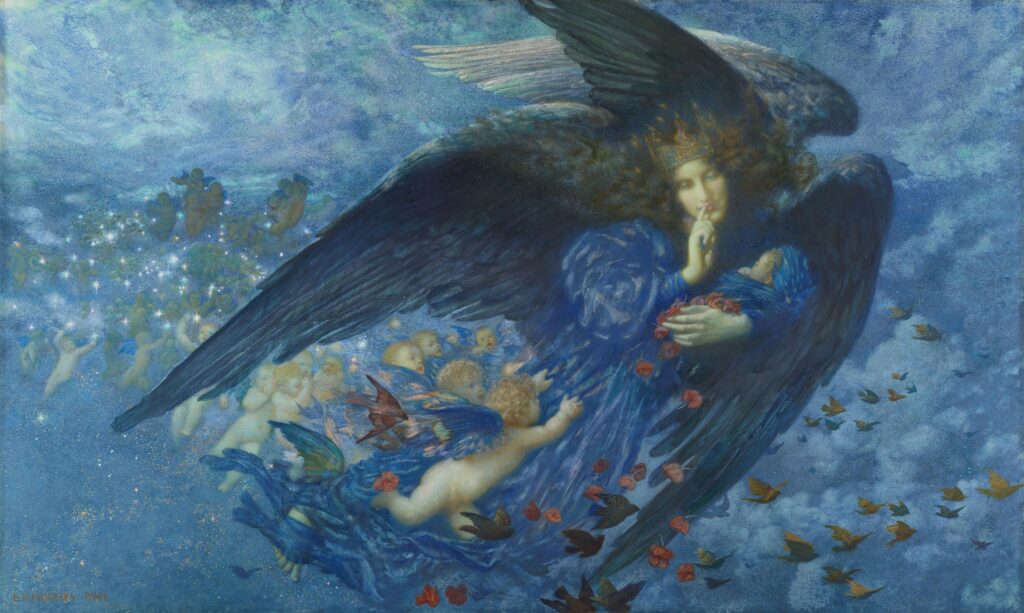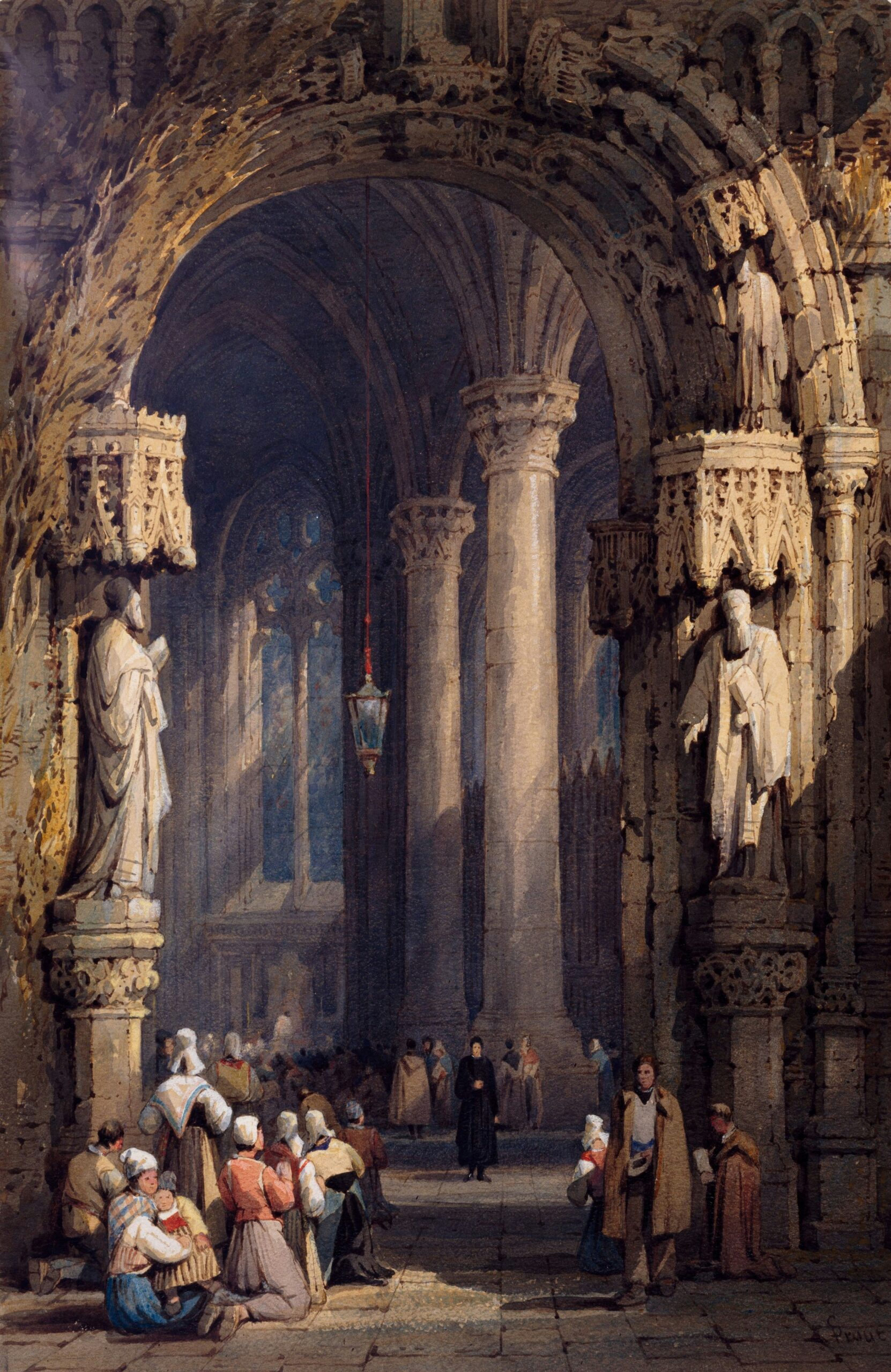The 81st edition of the Whitney Biennial, New York’s renowned exhibition of new American art, is poised to ignite passionate debate and critical conversation as it opens its doors to museum members and the public. With a curated selection of 44 artists and collectives, along with an additional two dozen filmmakers, the exhibition is expected to draw opinions from all corners. In an effort to provide diverse perspectives on the biennial, The New York Times has sent three critics to offer their individual assessments of the exhibition’s highs and lows. Jason Farago, Travis Diehl, and Martha Schwendener each lend their distinct voices and insights to the perennially contested event, exploring the exhibition’s role and relevance in contemporary art discourse.

Introduction
The Whitney Biennial, considered to be New York’s most prominent showcase of new American art, has long been a platform for debate and discussion within the art world. The exhibition, which is currently on its 81st edition, features a curated selection of artists and their works, aiming to provide a snapshot of the state of art in the United States. In this article, we will delve into the background of the Whitney Biennial, discuss the controversy surrounding the 2024 edition, explore the curators’ vision, highlight notable artworks and themes, examine critics’ perspectives, analyze the public reception and impact, and conclude with a discussion on the future of the Biennial.
Background on the Whitney Biennial
Importance of the Whitney Biennial
The Whitney Biennial holds a significant place in the art world as one of the most important and prestigious exhibitions in the United States. It serves as a platform for emerging and established American artists to showcase their work and gain recognition. With a history spanning several decades, the Biennial has become a cultural event that generates critical dialogue and shapes the direction of contemporary art.
History and legacy of the event
The Whitney Biennial has a rich history that dates back to its inception in 1932. The exhibition was initially conceived as an opportunity to introduce the American public to new artistic movements and trends. Over the years, it has evolved to reflect the changing landscape of contemporary art, adapting to new mediums and addressing pertinent social and political issues. The Biennial has played a crucial role in launching the careers of many artists who have gone on to achieve international acclaim.

The Controversy Surrounding the Whitney Biennial 2024
Debate over the selection process
The selection process for the Whitney Biennial has always been a subject of scrutiny and debate. Critics often raise questions about the transparency and inclusivity of the process, expressing concerns about the potential exclusion of artists from marginalized communities. The 2024 edition of the Biennial has faced particular controversy regarding the diversity and representation of the participating artists.
Critics’ reactions to the exhibition
The exhibition has received mixed reviews from critics, with some praising the curatorial choices and the inclusion of underrepresented artists, while others have criticized the lack of bold and innovative artistic statements. The controversy surrounding the Biennial has sparked conversations about the role of institutions in shaping the art world and the need for greater diversity and representation in exhibitions of this scale.
Curators and their Vision
Chrissie Iles and Meg Onli
The curators of the 2024 Whitney Biennial, Chrissie Iles and Meg Onli, have brought their unique perspectives and expertise to the exhibition. With backgrounds in contemporary art and a commitment to engaging with relevant social and political issues, Iles and Onli have aimed to create a cohesive and thought-provoking experience for visitors.
Goals and intentions for the Biennial
Iles and Onli have stated that their goal for the Biennial was to provide a cross-section of contemporary American art that reflects the current cultural and political climate. Their intention was to highlight diverse voices and narratives, focusing on artists who address pressing issues such as identity, inequality, and environmental concerns. They aimed to foster dialogue and create a space for critical engagement with the artworks on display.

Artists and Artworks
Overview of the participating artists
The 2024 Whitney Biennial features a curated selection of 44 artists and collectives, representing a diverse range of artistic practices and mediums. The artists come from various backgrounds and explore a wide range of themes and concepts in their work. Their inclusion in the exhibition is a testament to their significant contributions to the contemporary art scene.
Highlighting notable artworks
Among the artworks showcased in the Biennial, several have garnered attention for their innovative approaches and thought-provoking content. One such artwork is Diane Severin Nguyen’s film “In Her Time (Iris’s Version),” which explores the struggles of a young actress grappling with her role in a fictional movie about the Nanjing Massacre. This work has been praised for its poignant examination of the intersection of history and the present.
Themes and Trends in the Exhibition
Common threads and ideas among the artworks
Despite the diverse range of artists and their works, certain themes and trends emerge in the exhibition. Many of the artworks engage with social and political issues, offering commentary on topics such as racial injustice, climate change, and gender identity. There is also a focus on experimentation with mediums and formats, with artists pushing the boundaries of traditional artistic practices.
Social and political commentary
A prominent characteristic of the 2024 Whitney Biennial is its engagement with social and political commentary. Many artists use their work to address pressing issues and challenge established narratives. Through their creative expression, they provide a platform for marginalized voices and bring attention to social injustices. This commitment to social activism is a testament to the power of art to spark change and inspire dialogue.
Critics’ Perspectives
Jason Farago’s analysis
Jason Farago, one of the critics who reviewed the 2024 Whitney Biennial, offers a nuanced analysis of the exhibition. He commends the curators for their efforts to include artists from diverse backgrounds and their commitment to showcasing works that address pressing societal issues. However, Farago also raises questions about the overall impact and significance of the artworks on display, suggesting that the Biennial lacks a truly groundbreaking artistic statement.
Travis Diehl’s insights
Travis Diehl, another critic who reviewed the Biennial, explores the tension between the desire for innovation and the reliance on established artistic conventions. He acknowledges the importance of engaging with social and political issues in art but questions whether the Biennial adequately addresses the complexities of these topics. Diehl suggests that the exhibition may benefit from a more critical and self-reflective approach to curatorial decisions.
Martha Schwendener’s observations
Martha Schwendener, the third critic who reviewed the Biennial, focuses on the individual artists and their works. She highlights the diversity of artistic practices and the range of themes explored, applauding the inclusivity and varied perspectives on display. Schwendener also notes the importance of paying attention to the context in which the artworks are presented, emphasizing the role of the museum as a mediator between the art and the audience.
Public Reception and Impact
Response from the art community
The 2024 Whitney Biennial has generated significant discussion and debate within the art community. Artists, curators, and critics have engaged in conversations about the exhibition’s strengths and weaknesses, the selection process, and the representation of underrepresented artists. The Biennial has acted as a catalyst for critical engagement, encouraging dialogue and reflection on contemporary American art.
Audience reactions and engagement
In addition to the art community, the general public has also had the opportunity to engage with the Biennial. Visitor feedback and reactions have varied, with some appreciating the thought-provoking nature of the artworks and others questioning the relevance and accessibility of the exhibition. The public reception plays a vital role in shaping the impact and legacy of the Biennial, contributing to ongoing conversations about the role of art in society.
Discussion on the Future of the Whitney Biennial
Relevance of the Biennial in the contemporary art world
As the art world continues to evolve, there are ongoing discussions about the relevance and significance of exhibitions like the Whitney Biennial. Some argue that the format needs to adapt to better reflect the changing landscape of contemporary art, while others emphasize the importance of maintaining the Biennial’s legacy and tradition. The future of the Biennial hinges on its ability to navigate these discussions and adapt to the needs and expectations of artists, curators, and audiences.
Potential changes for future editions
In light of the controversies and debates surrounding the 2024 edition of the Biennial, there is speculation about potential changes for future editions. Suggestions include a more transparent selection process, increased representation of artists from marginalized communities, and a greater emphasis on innovative and groundbreaking artistic practices. The discussions surrounding the future of the Biennial indicate the art world’s ongoing commitment to creating inclusive and dynamic platforms for contemporary art.
Conclusion
The Whitney Biennial has long been a focal point of the American art scene, providing a platform for artists to showcase their work and spark critical dialogue. The 2024 edition of the Biennial has not been without controversy, but it has also demonstrated the power of art to address pressing social and political issues. Through the voices of curators, artists, critics, and the public, the Biennial continues to evolve and adapt, remaining a vital institution in the contemporary art world. As discussions about the future of the Biennial unfold, the art community looks forward to the next edition, hopeful for continued innovation and inclusivity.

